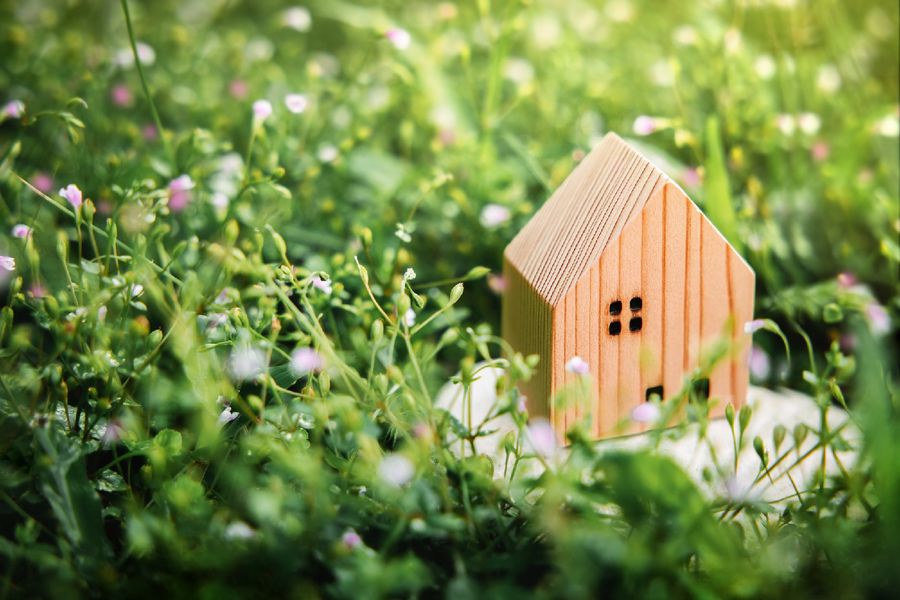Cans to Canopy: Garden Magic
Turning Your Discarded Cans into Lush, Life-giving DIY Gardens
In the extraordinary world of gardening, who would imagine that the humble, discarded can could become the hero of the tale? Today, we’ll embark on a riveting journey, exploring the enchanting realm of ‘Recycled cans DIY’, an exciting convergence of art, nature, and sustainability. Our story becomes even more captivating in light of the recent ‘Plant DIYs’ event that gripped the globe, showcasing the amazing potential of turning waste into beauty.

The Wonders of Recycled Cans DIY
Gardening with recycled cans is more than just a creative endeavour. It’s a heartfelt declaration of love for Mother Earth. When you repurpose a discarded can into a plant container, you’re not just recycling; you’re making a statement. You’re saying that beauty can be found in the most unexpected places, that life can flourish in the humblest of homes.

This remarkable form of DIY gardening begins with something as simple as a used soda can. You clean it, paint it, fill it with soil and plant a seed, then watch as nature takes its course. Suddenly, the forgotten item of yesteryear becomes a sanctuary of life, a beacon of hope, and a testament to the power of reuse and recycle.
The Plant DIYs Event: A Green Revolution
The ‘Plant DIYs’ event that recently swept the globe was nothing short of a green revolution. Garden enthusiasts and novices alike rallied together, showcasing their ingenious use of everyday objects to foster the growth of precious flora. Amidst the plethora of creative ideas, the ‘Recycled cans DIY’ stood out, striking a chord with people across all walks of life.

The event heralded a significant shift in our relationship with nature and waste, reinforcing the power of ingenuity and resourcefulness. It brought to light the potential to transform everyday waste into vibrant gardens, establishing a compelling connection between the act of recycling and the art of gardening.
Why Does This Matter?
This remarkable blend of recycling and gardening is more than just a hobby. It’s a call to awareness, an invitation to make our homes and gardens mirrors of our values. It’s about cultivating an ethos of sustainability, creativity, and love for nature, all while bringing unparalleled joy and satisfaction. The ‘Recycled cans DIY’ isn’t just a gardening trend—it’s a life-affirming revolution.

Bring Your Garden to Life
As we close this chapter, it’s clear that the humble can has a much bigger role in the grand narrative of gardening. With a pinch of creativity, a dash of passion, and a heart full of love for nature, we can transform our discarded cans into thriving, vibrant oases. In doing so, we don’t just create gardens; we make a statement about the world we wish to live in—one that’s sustainable, creative, and full of life.

Begin your journey of transformation today. Download this app to gain a deeper understanding of plants and their needs. Harness the power of knowledge, kindle your creativity, and transform your world, one can at a time. Remember, every garden started with a single seed. Let yours start with a can.















































































































